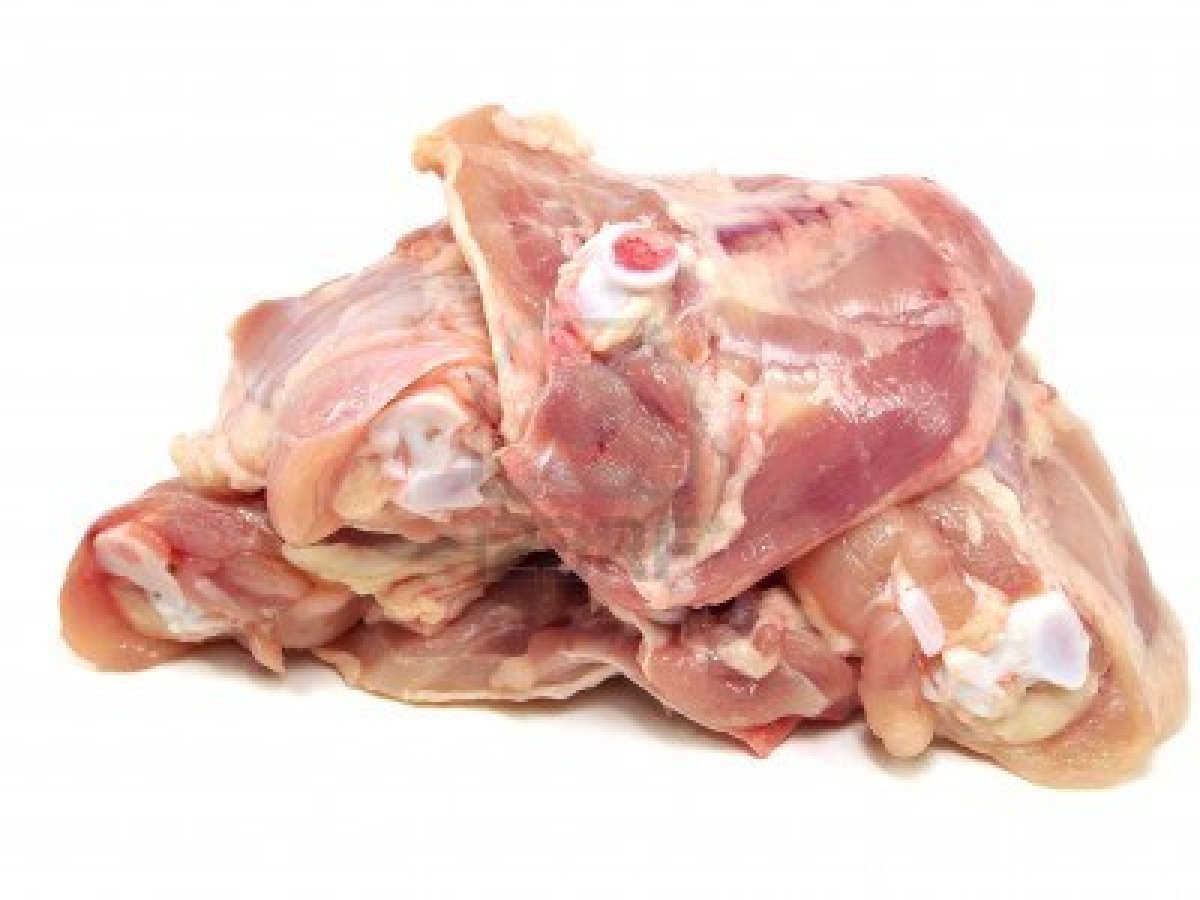One large group of agriculturalists that has been studied extensively — the ancient egyptians — provides an important data source showing the detrimental effects of a grain-based diet. this evidence has been used to support a return to a grain-free dietary regimen such as the paleolithic diet, which includes meat, fish, vegetables, fruit, nuts, and seeds.. Though the paleo diet seems new, it has actually been around for several decades. it was started around the 1970s by gastroenterologist walter voegtlin with the idea that paleolithic ancestors. Though what cavemen actually ate is far from clear (recent research suggests they enjoyed porridge, for example), the paleo interpretation means lots of meat and seafood proteins, nuts, animal....
A beginners guide to the caveman diet | ultimate paleo guide
Paleo diet: global trend in nutrition aimed at achieving a
Paleo diet - paleo/primal diet for pets - savvy pet care
Voegtlin's book was used as a background to the original concept of the paleo diet made by stanley boyd eaton and melvin konner. it was called 'paleolithic nutrition' and their article was published in the new england journal of medicine in 1985.. The paleolithic era (the time from which the paleo diet is based) ended about 10,000 year ago with the development of architecture. it lasted 2.5 million years. cooking is allowed on the paleo diet, though some people choose not to. potatoes aren’t allowed on the paleo diet.. A paleo diet is a dietary plan based on foods similar to what might have been eaten during the paleolithic era, which dates from approximately 2.5 million to 10,000 years ago. a paleo diet typically includes lean meats, fish, fruits, vegetables, nuts and seeds — foods that in the past could be obtained by hunting and gathering..


0 komentar:
Posting Komentar